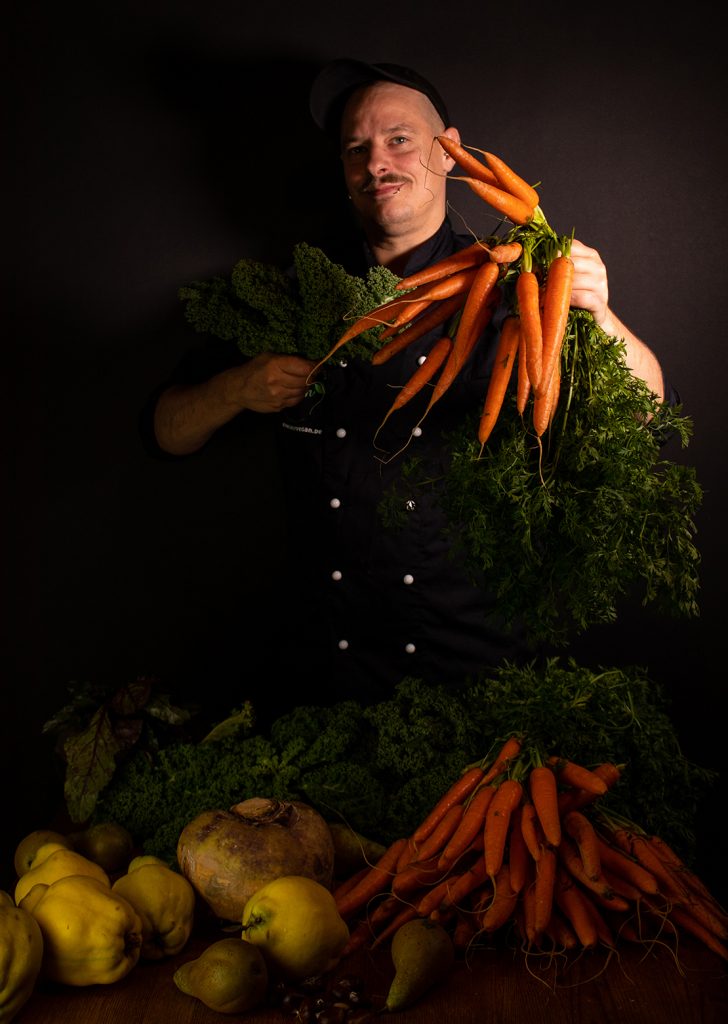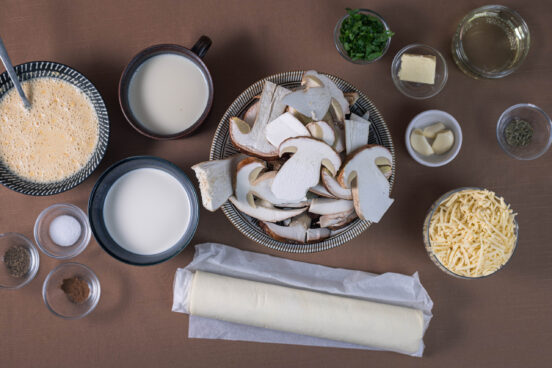Aromatic elderflower tea, with hand picked elderflowers. Foraged in the woods or on meadows and dried at home. A precious product from nature, for free and right on our doorstep. Delicious tea, regional, seasonal, with no packaging waste and without leaving a carbon footprint.
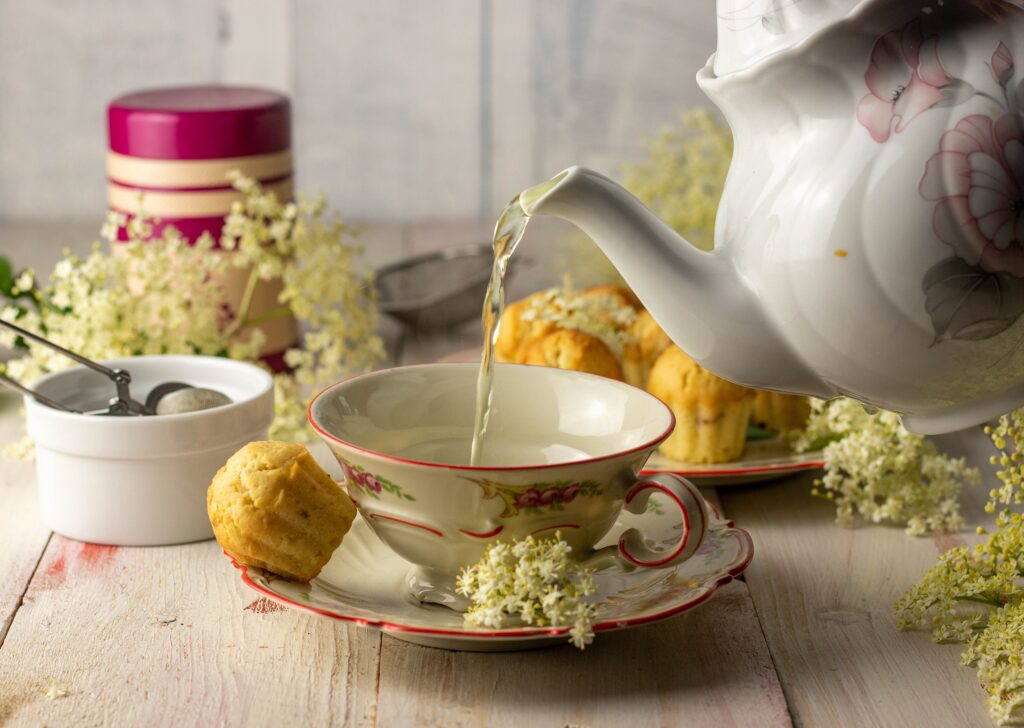
This elderflower tea is delicious and sweet on its own and simply delicious as a blend.
This tea is delicious and sweet on its own, but it also has a wonderful aroma in tea blends, such as with green tea.
It is also a delicious cold refreshment. Also perfect to take outside, especially in summer.
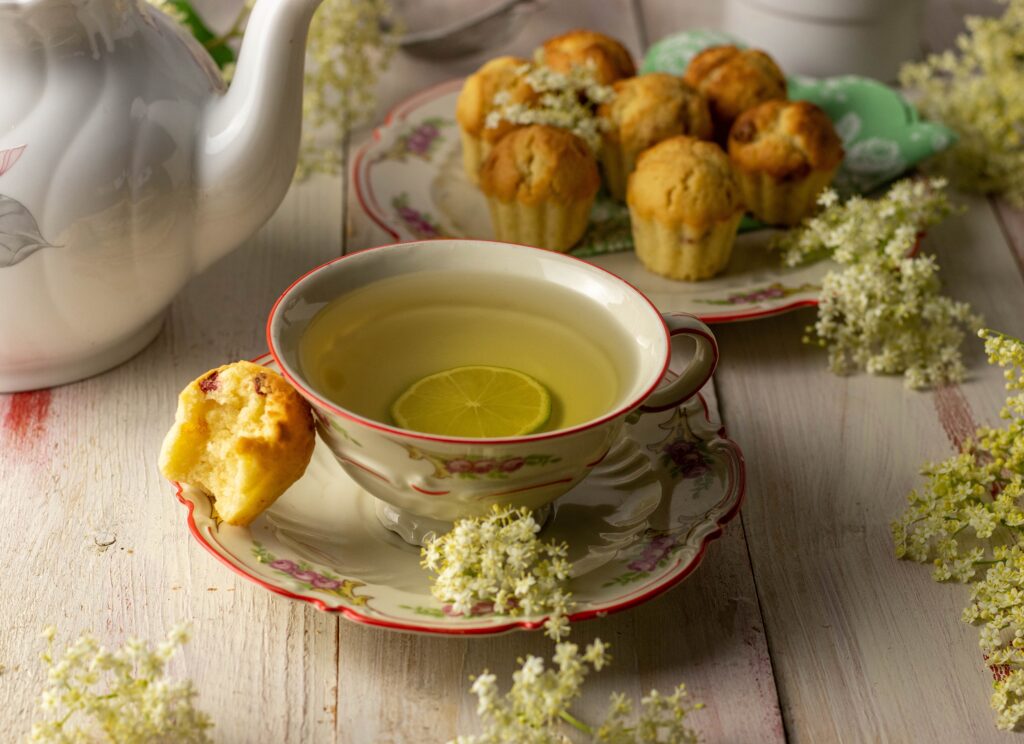
Elderflower tea is a tried and tested natural medicine
Elderflower tea not only tastes fantastic, it is also a tried and tested natural medicine. It has been proven to have a healing effect on colds and is very effective against flu viruses. It is soothing for a cold that has already broken out, but especially when a cold or runny nose is just coming up. As soon as you feel the first symptoms, it is recommended, that you drink 2-3 cups of elderflower tea a day.
The tea should be drunk as warm as possible. As it induces sweating, it is also effective against fever.
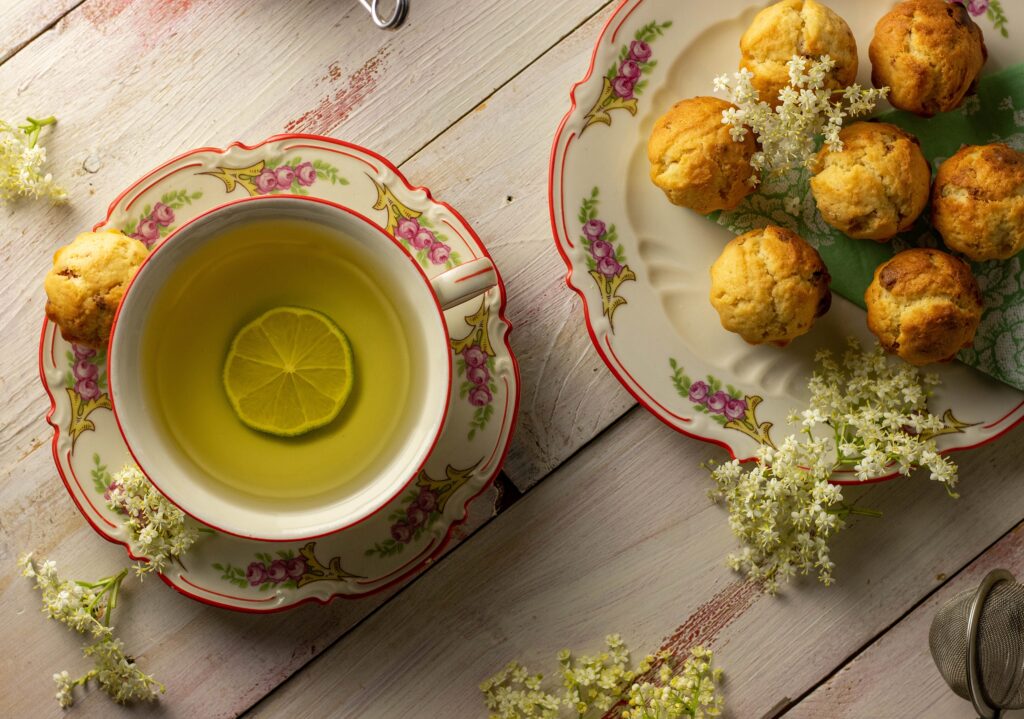
Elderflower tea contains many valuable ingredients such as flavonoids, essential oils and tannins.

When is the best time to harvest elderflowers?
Elderflowers begin to bloom in May and continue to blossom until late June.
Elderflowers are most aromatic on a warm and sunny day. It is best to pick them in the early afternoon when they have already received a lot of sun and are still in the sunshine.
You should shake the elderflowers gently immediately after picking them if there are still insects in them. To preserve the aroma, do not wash the umbels. Therefore, you should not pick them too low on the bush.
Rainy days are not suitable for picking elderflowers, as wet flowers have significantly less aroma.
It is advisable to harvest elderflowers early in the season. This is because the umbels are also very popular with aphids and other small animals. The longer the season has been going on, the more likely it is that the flowers are already infested.
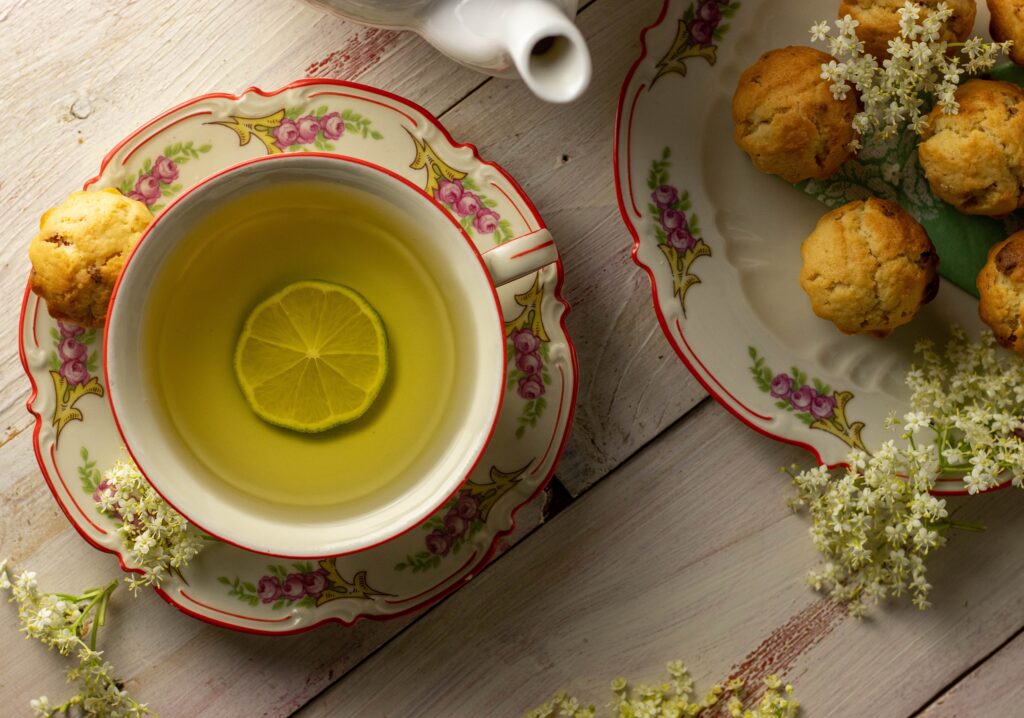
Elderflowers for elderflower tea – a climate-friendly, regional ingredient
Elderflowers grow everywhere, in the forest, in parks and on the side of the road. This means that it is free for everyone and easily accessible locally. With elderflowers you can forage a regional, seasonal, sustainable, climate-friendly and practically carbon-free ingredient. You can easily collect and dry the flowers for this exquisite tea yourself. And elderflowers also offer an outstanding, very healthy taste experience.
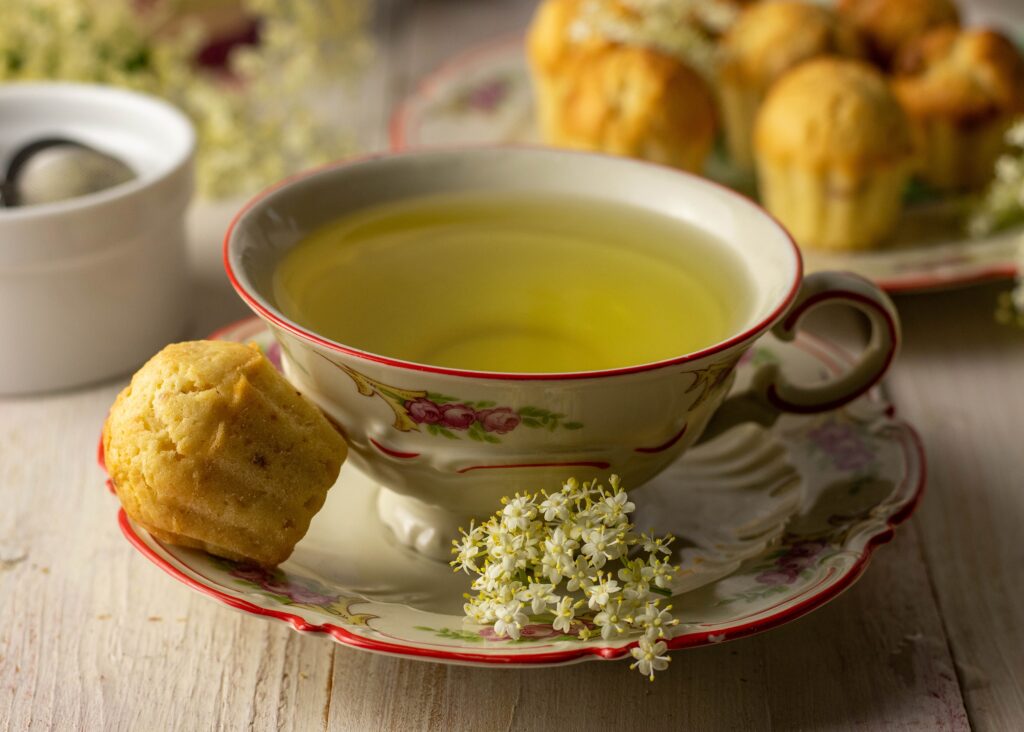
More delicious recipes with elderflowers and other ingredients from the wild
I love cooking with foraged handpicked ingredients. If you do too, feel free to try out some of my other recipes:
- Elderflower and strawberry jam – enticing sweet summer joy
- Elderflower vinegar, homemade, easy with 2 ingredients
- Spruce salt – herbal salt made from foraged, young spruce tips
- Dandelion honey – vegan, foraged on the meadows and preserved!
- Spruce tip honey – homemade vegan forest honey
- Wild garlic paste – preserve the taste all year round
- Green waffles – wild garlic & spinach waffles – plus dip & asparagus
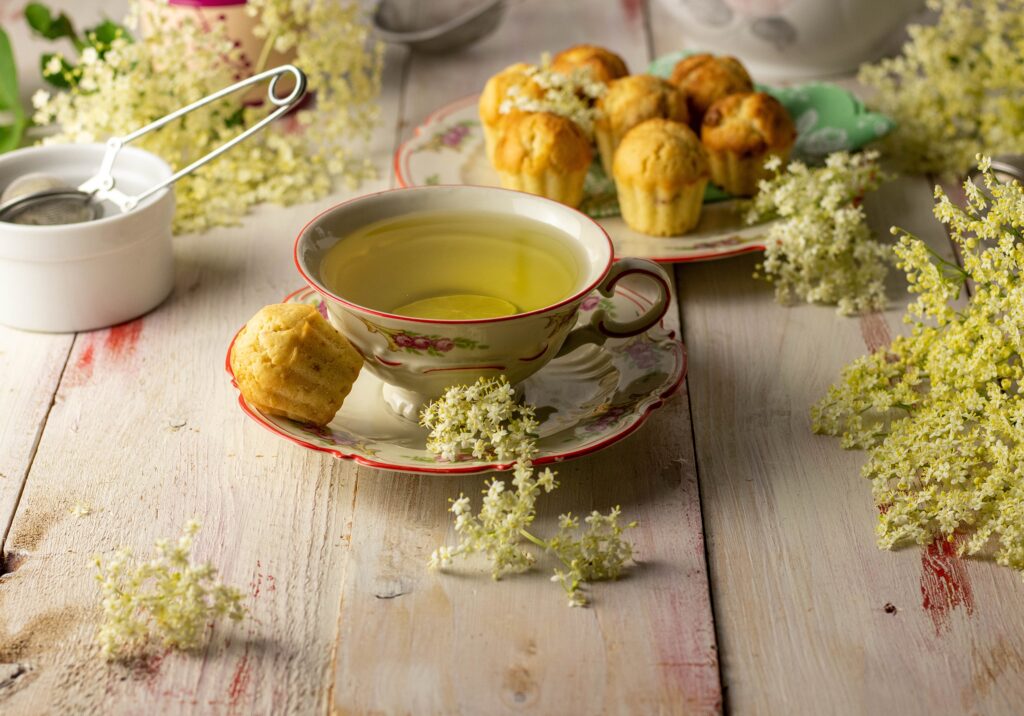
Elderflower tea: preparation in pictures


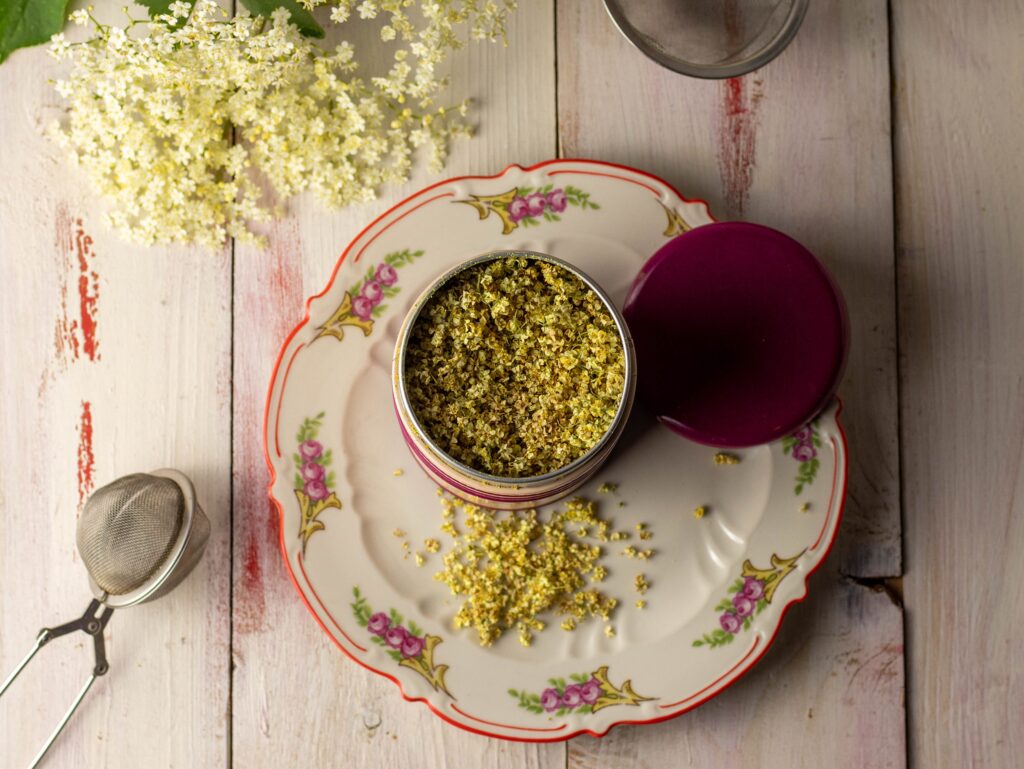

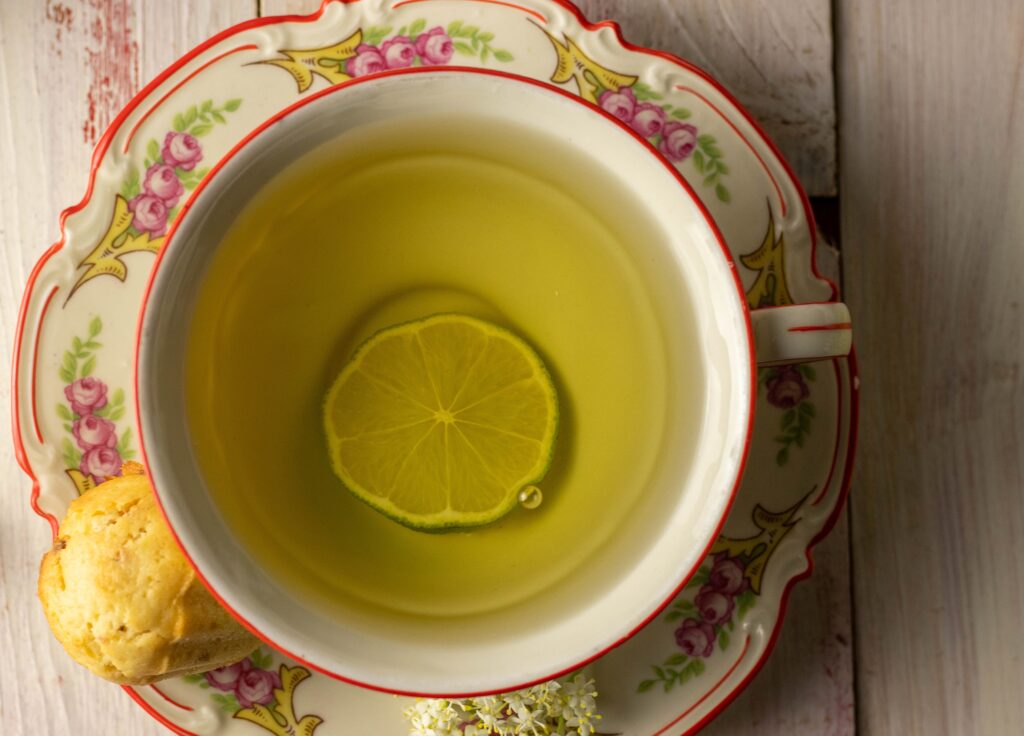
Making tea: Harvesting the flowers and drying the tea
You can find elderflowers in parks or in nature on the side of the road. Elderflowers prefer to grow on stony ground. Elderflower bushes or trees that are near busy roads are not suitable for harvesting due to the pollution.
Pick about 40 umbels or more. Be careful not to squeeze them too much. After harvesting, they should be processed quickly.
Carefully rip the flowers off the stems for the tea. If small, thin connections remain between the flowers, that’s not a problem. Thicker, green stems should not be put in the tea, however.
Now spread the detached flowers out on several baking trays lined with parchment paper. The flowers should not lie too close together, but spread out thinly.
There are two methods of drying elderflowers. The most environmentally friendly and energy-saving is to let the flowers dry on their own in a dark, warm place. A sunny attic or a warm, dry boiler room would be very suitable for this. Depending on the temperature and humidity, drying using this method can take several weeks, and the flowers should be turned every few days.
It goes much faster if you have a dehydrator or use the oven.
Set the oven to 40-50°C, put the trays in and leave to dry for several hours. Let the moisture escape from the oven every 30 minutes. Here too, the flowers must feel completely dry, then they are ready.
No matter how you dry the flowers, they must be completely dry so that no residual moisture can escape, which could cause mold.
When the flowers are dry, fill them into a dark, airtight jar or tin. The container must be opaque, as the flowers would spoil in the light.
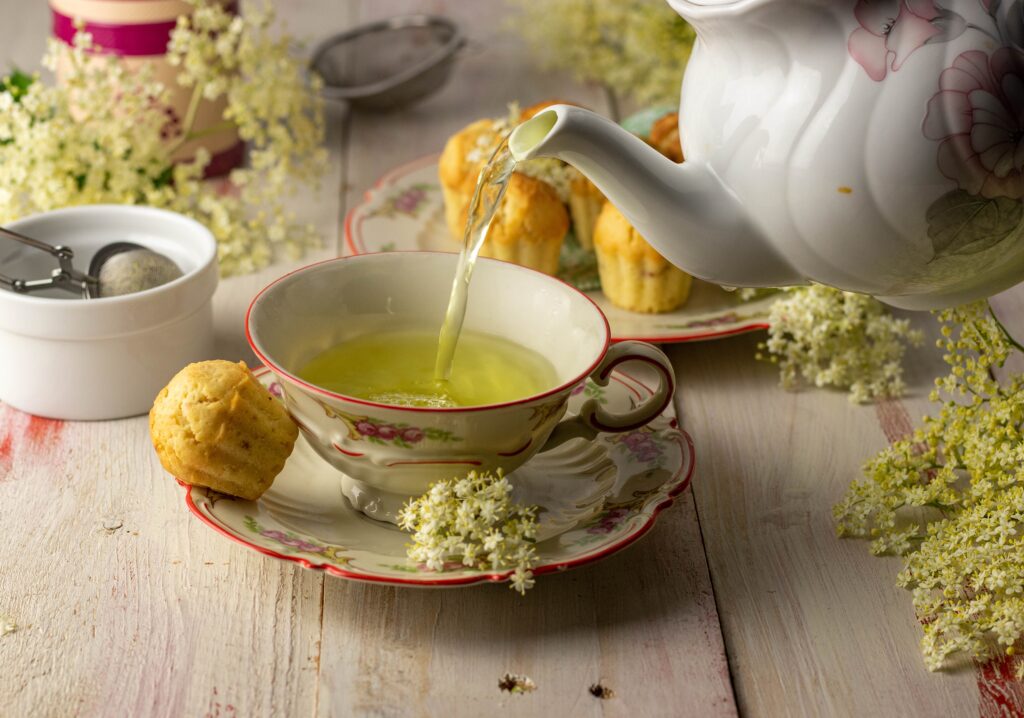
Preparation for a cup of elderflower tea:
Ingredients:
1 tbsp elderflowers, dried, in a tea infuser or tea filter
200 ml boiling water
Preparation:
Pour the hot water over the elderflower tea in a cup and let it steep, covered, for 5-10 minutes.
Enjoy!
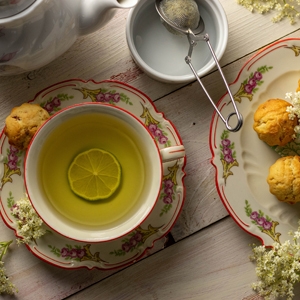




 Based on 40 Review(s)
Based on 40 Review(s)





